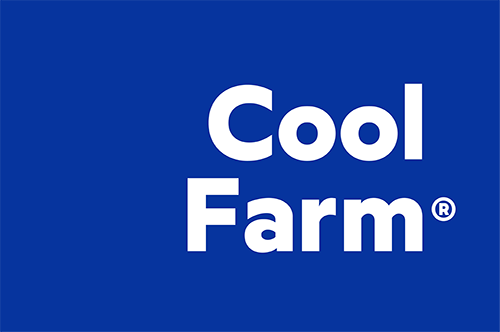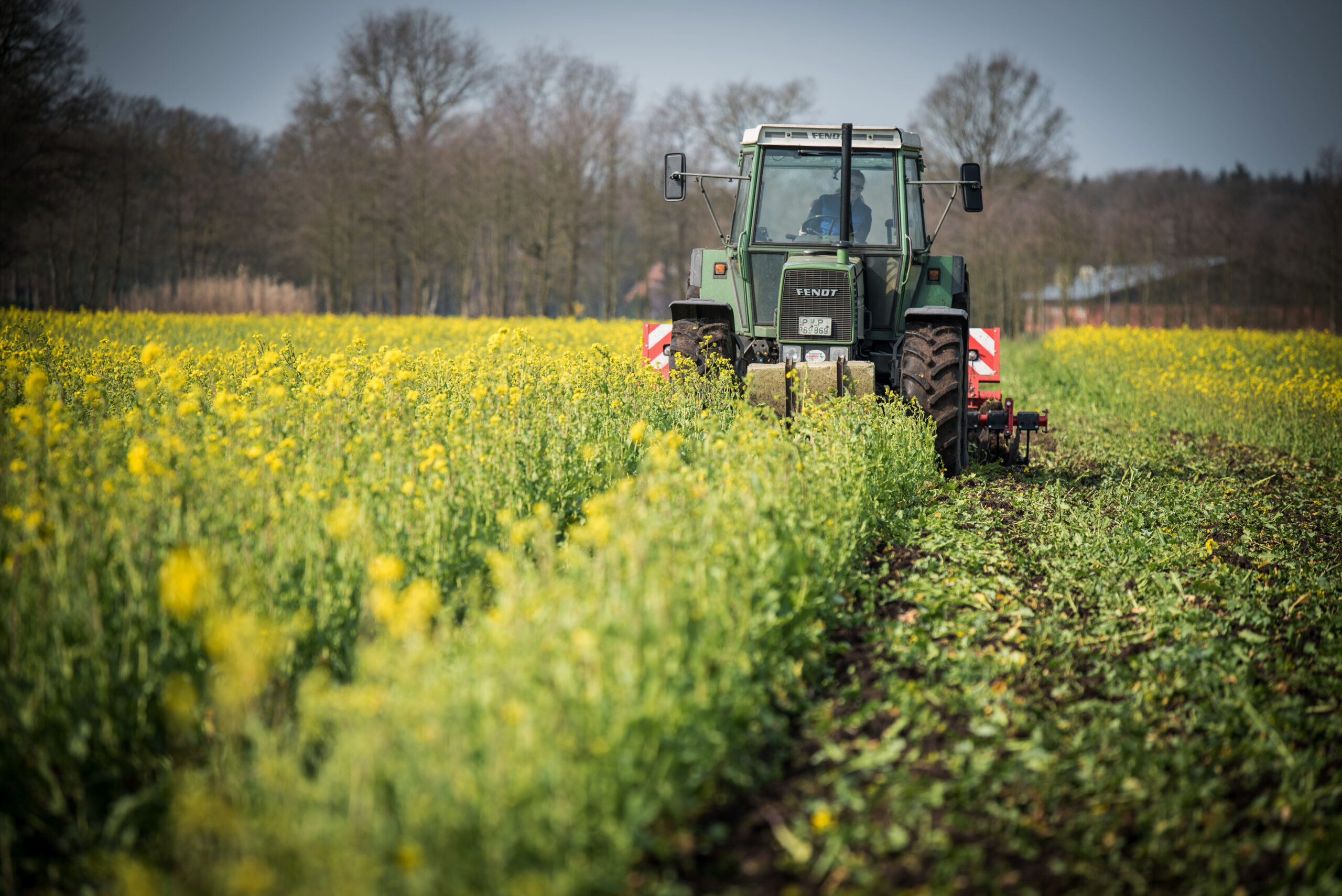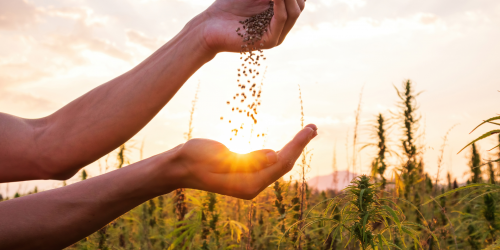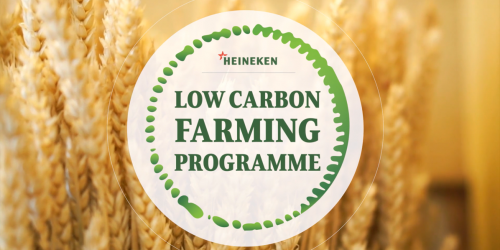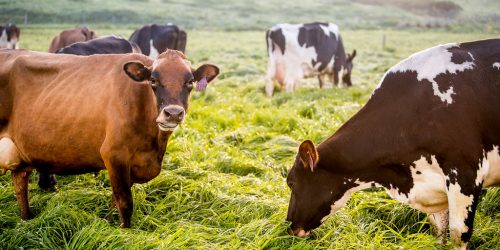Since its inception in 2010, the Cool Farm Tool has pursued its mission to help farmers and companies quantify, report and reduce the environmental impact of their farming operations. During the same time, the Cool Farm Alliance has emerged as a community of food and ag industry players that are serious about making farming sustainable and which counts among its members farmers, processors and traders, consumer goods brands, retailers, input companies, advisors, NGOs and academics. Many voluntary sustainability schemes have a similar mission and multi-stakeholder membership and over the past decade, more and more certification standards have started to include requirements on quantifying and managing greenhouse gas emissions. Additionally, the Cool Farm Alliance counts the owners of several important sustainability standards among its members: Rainforest Alliance, Fairtrade International, the Better Cotton Initiative and Control Union.
Wanting to know more how certification standards address greenhouse gas emissions, we looked at 21 frequently used voluntary sustainability schemes and evaluated their requirements for quantifying greenhouse gas emissions. Eight of the standards require producers to estimate greenhouse gas emissions and sequestration annually. Another six standards include slightly less stringent requirements (see Table 1). So, in total, 2/3 of the assessed standards include specific requirements for greenhouse gas quantification, and almost all standards include rules for reducing greenhouse gas emissions.

Some the evaluated standards have their own proprietary greenhouse gas calculation tools and rules, especially where these relate to specific industries (e.g. RSPO) or geographies (e.g. U.S. Cotton Trust Protocol) or require alignment with regulatory requirements (e.g. ISCC PLUS). However, other standards leave it to the user to determine the best method for estimating and managing greenhouse gas emissions.
Four standards explicitly refer to the Cool Farm Tool as a recommended greenhouse gas calculator:
- regenagri: This new standard, owned by certification body Control Union, not only recommends the use of the Cool Farm Tool but is hardwired it into its digital hub, connecting certified farmers to the Cool Farm Tool via an API and allowing existing Cool Farm Tool users to request verification of their carbon data for reporting, in line with ISO 14064-5.[1]
- Rainforest Alliance was probably the first standard to pilot the Cool Farm Tool at scale and is now recommending “the use of the Cool Farm Tool (CFT) […] to document and estimate emission.” Rainforest Alliance continue “the CFT is one of the simplest yet comprehensive and freely available GHG calculators that facilitate producers’ calculations of crop products’ net emissions. The Cool Farm Tool supports farmers to identify key activities and processes that generate greenhouse gas emissions. The tool also makes it easy for farmers to identify practices that can reduce emissions or increase greenhouse gas removal (capture and absorption). It identifies those practices that will have the most positive impact in reducing net GHG emissions.”[2]
- Regenerative Organic Alliance (ROC) is a relatively young standard born out of an initiative of farmers and ranchers to operationalise regenerative agriculture. It requires farmers to “utilize computer-based modelling tools (e.g. COMET- Farm Voluntary Carbon Reporting Tool, Cool Farm Tool, etc.) to determine annual GHG emissions and sequestrations. Operators document practices in the computer-based models, review annually with auditor, and submit documentation to certifying body.”[3]
- FSA: The SAI Platform’s Farm Sustainability Assessment (FSA) requires that farms demonstrate they use “a recognised tool to estimate kilograms of carbon equivalent per tonne of product produced for the operation” and refers to the Cool Farm Tool in its guidance to this requirement.[4]
Further, Cool Farm Alliance member Better Cotton Initiative (BCI) found in a study conducted in 2021 by Anthesis Group, global sustainability consultancy company, that BCI licensed farmers had significantly lower greenhouse gas emissions than non-BCI farmers. BCI is now partnering on a project led by Gold Standard (another Cool Farm Alliance member), testing the Cool Farm Tool as a scientific, credible and scalable approach to help it monitor change in emissions over time. Results of this might also find their way into the revised BCI standard which is expected to be published in 2023.
The Cool Farm Tool receives wider recognition. For instance, the EU Commission’s 2021 Technical Guidance Handbook Setting up and implementing result-based carbon farming mechanisms in the EU included the Cool Farm Tool in its assessment as one of the existing tools that calculate greenhouse gas emissions and other sustainability indicators with the same input data such as water quality, biodiversity impacts and farm economic measures such as carbon efficiency of output.[5]
Voluntary sustainability schemes increasingly require certificate holders to quantify and manage greenhouse gas emissions. The Cool Farm Tool offers users of these standards an easy-to-use, globally applicable and widely recognised calculator, making it an attractive default choice. By integrating its use into the certification process, standards owners will not only allow their certificate holders to make most of the data that they provide during certification (see the above examples of regenagri and BCI) but also help harmonise approaches, which helps everyone in the chain keep things simple. And, via the Cool Farm Alliance, an open and inclusive platform, standard owners can have their say shaping such harmonised approaches.
Rainforest Alliance, Regenagri, and many others trust and recommend the Cool Farm Tool. Get in touch and try the tool in your supply chain support@coolfarmtool.org
